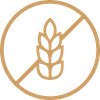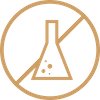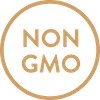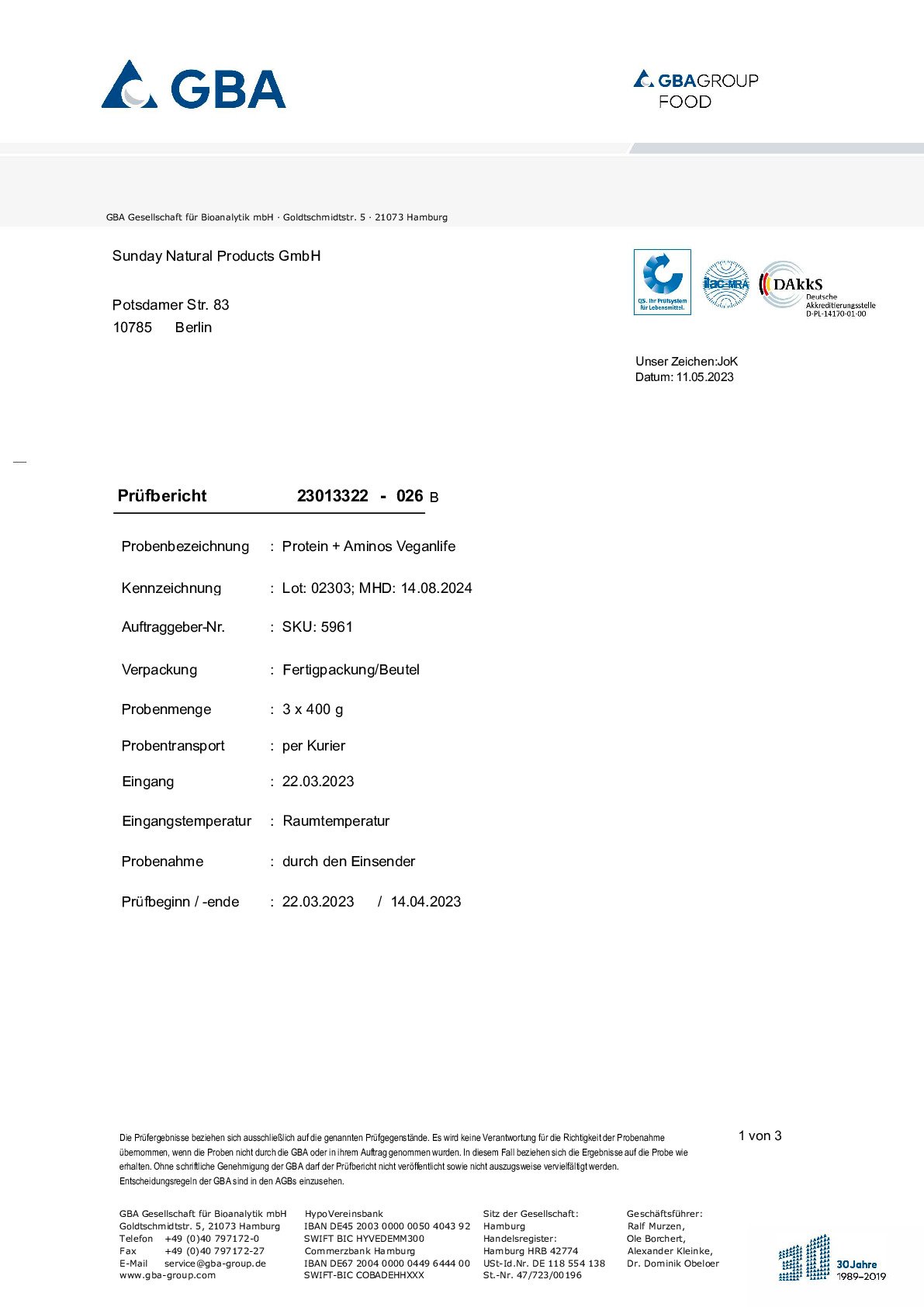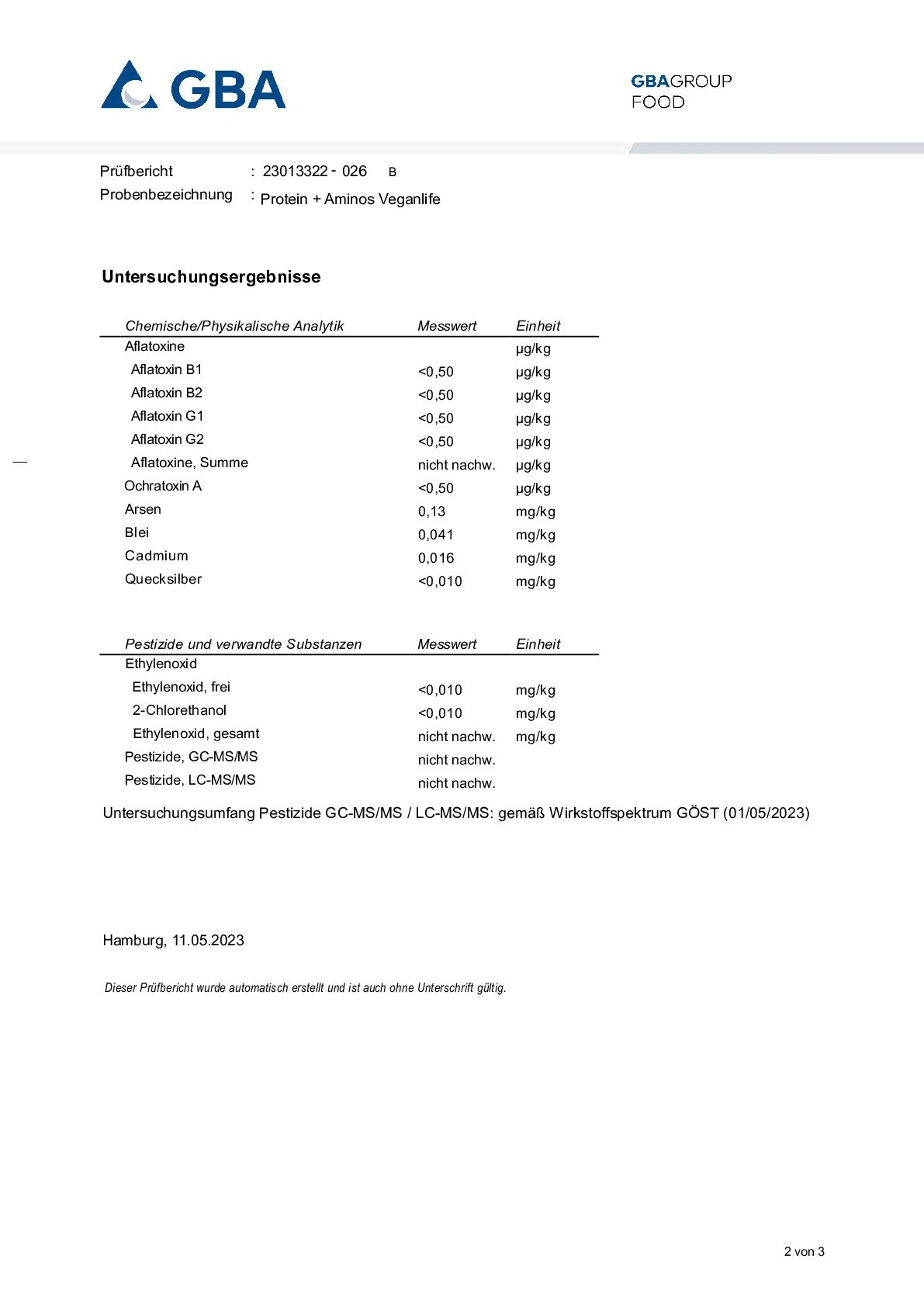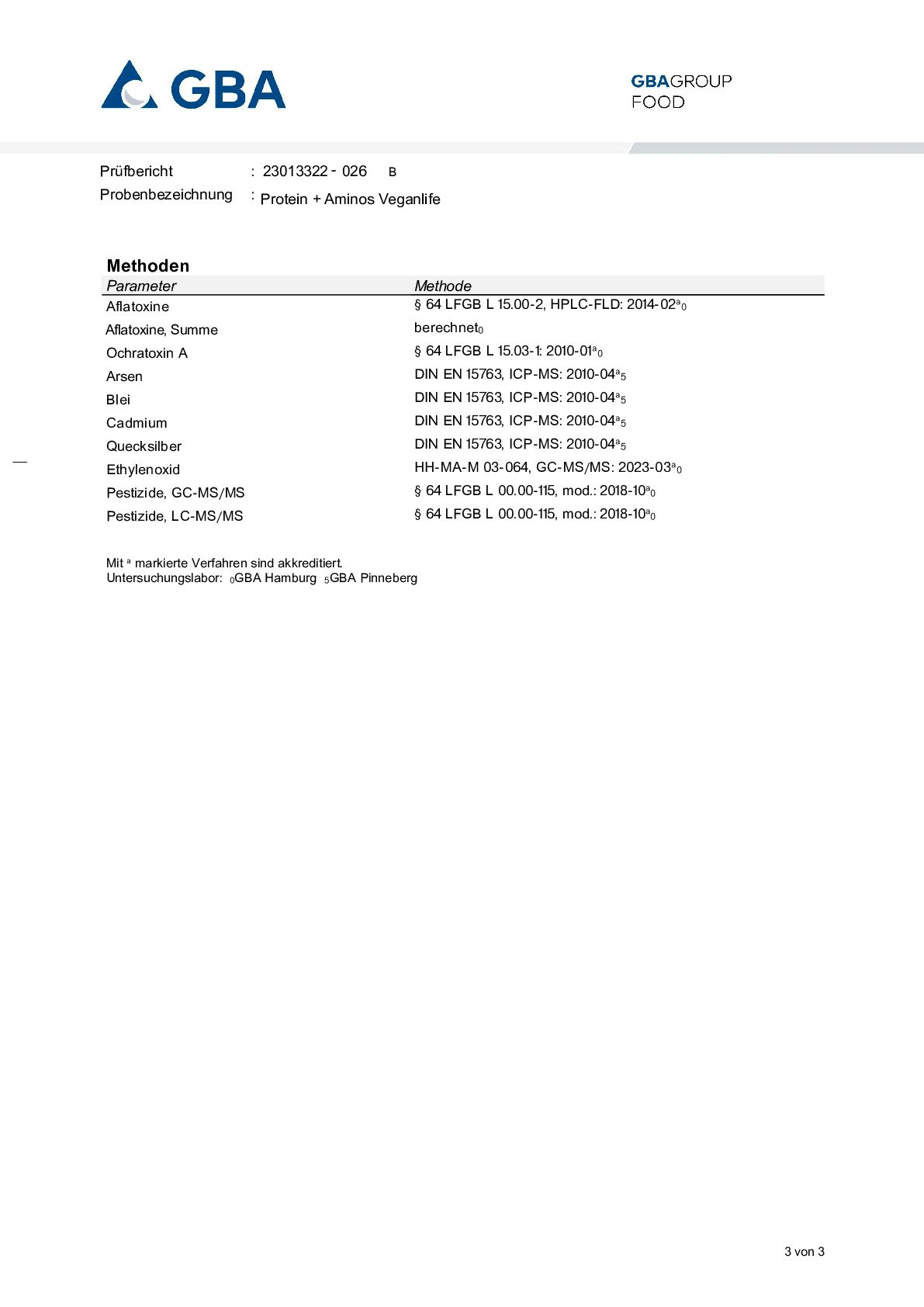For all our vegan protein powders, we only use ingredients grown without pesticides. The protein mixture consists of natural seeds and fibre rich in protein and bioactives. This protein complex has been specially expanded to include the amino acids and peptides taurine, lysine, glycine, carnitine and creatine, which are particularly important for a vegan diet.
Our Veganlife protein powder consists of a hand-picked, finely balanced mixture of brown rice, mung beans, peas, hemp seeds, pumpkin seeds and sunflower seeds. This plant-based protein complex with a total protein content of 56% is supplemented by naturally high-fibre guar bean fibres, linseed flour and konjac glucomannan. The pure and pleasantly creamy blend of selected plant-based protein powders is rounded off with Concentrace® salt concentrate from the Great Salt Lake of Utah, which has no outlets and is considered an inland sea. The water it contains is therefore particularly rich in minerals and trace elements that have been deposited there over thousands of years. The mineral concentrate Concentrace® is extracted using a special evaporation process, resulting in a formula containing 72 naturally occurring ionic minerals and trace elements and is 99% sodium-free.
This complex closes potential gaps in the essential amino acid profile that can occur with a purely plant-based diet, such as taurine, carnitine and carnosine, as they are rarely found in plant-based foods. Despite the body's own partial production of carnitine from the amino acids L-lysine and L-methionine or of creatine from the amino acids glycine and methionine, deficiencies can quickly occur.
Our amino acids are obtained by fermentation or high-purity organic synthesis in brand quality, completely without the use of animal components. In addition, the production of natural amino acids from renewable raw materials does not cause any environmental pollution how synthetic production often does.
We also use L-carnitine as bioactive L-carnitine tartrate, original Creapure® creatine monohydrate from Germany, L-lysine and carnosine from particularly environmentally friendly fermentation of purely non-GMO plant-based materials such as maize. We obtain taurine and glycine in high-purity pharmaceutical quality.













